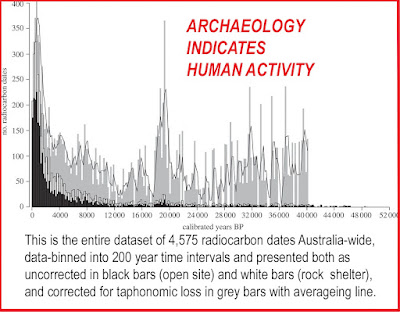Terminal - Transition

The first clear archaeological evidence for human occupation of the South West Coast of Victoria is from after the Meltwater Pulse (MWP 14,600-14,300 ybp), an event which marked the end of the long Last Glacial Maximum (LGM peak 22,000-19,000 ybp). The general post-MWP period is known as the Terminal Pleistocene, the end of the Pleistocene epoch, and as the Holocene Transition, the start of the Holocene epoch. While technically the Pleistocene finishes and the Holocene begins at 10,000 years ago, the Terminal-Transition stretches from 13,000 to 8,000 ybp. It is a broad timespan of prehistory covering the millennia of recovery, when the climate became wetter and warmer. In turn, plants, animals, and humans, all looked to expand their territory. There is an increase in human activity during this time, with new sites appearing in new areas. Prior to the LGM, the Victorian SW Coast and the adjacent South East Coast of South Australia seem to have been uninhabited, at least from an ar...


